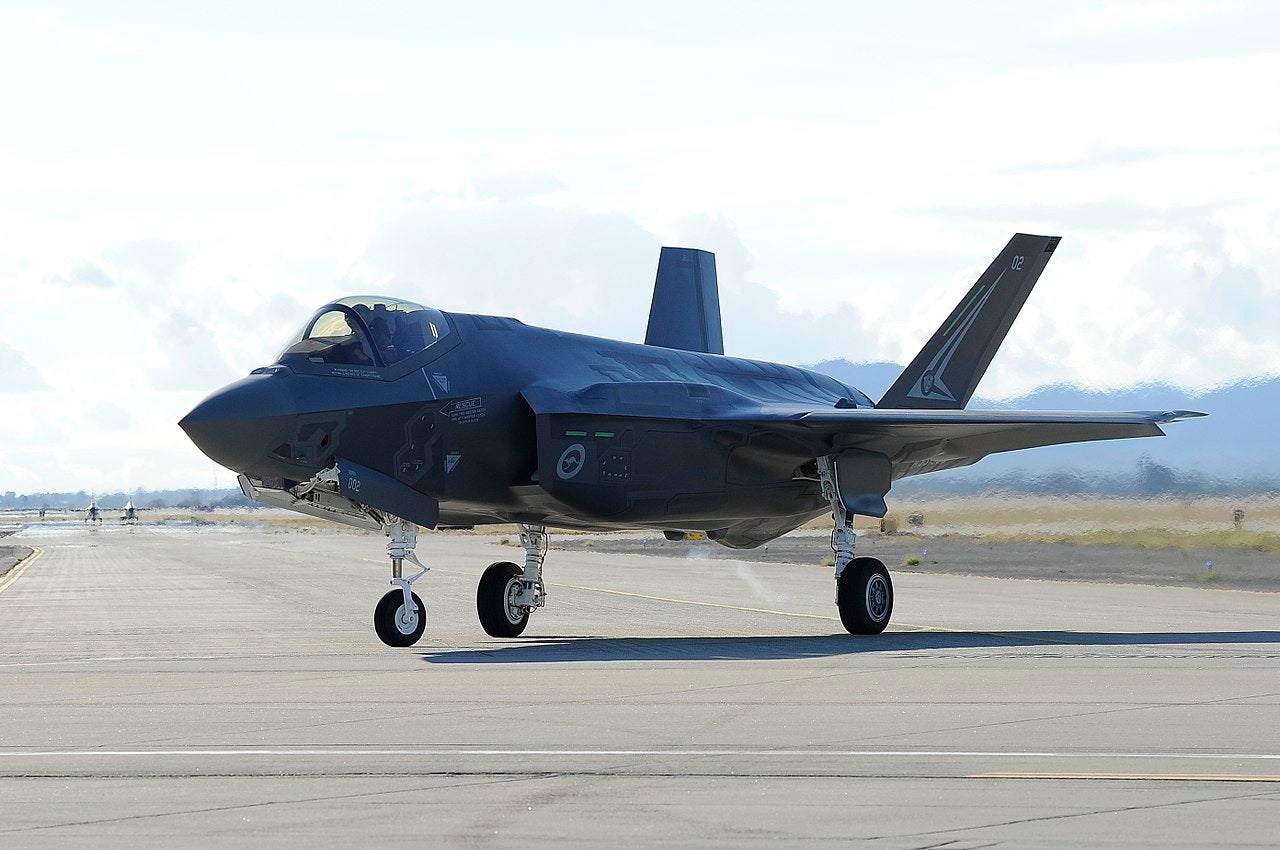
Lockheed Martin Australia (LMA) has signed a training support services contract with the Government of Australia for the global F-35A programme.
This contract is said to support the Australian industry and jobs.
Minister for Defence Linda Reynolds said: “This contract is valued at up to A$100m over a term of up to five years and will see more than 70 ADF personnel locally employed at RAAF Bases Williamtown and Tindal.
“The agreement includes the operation and maintenance support for six F-35A Full Mission Simulators at RAAF Base Williamtown.
“There are plans to install four more simulators at RAAF Base Tindal in 2021, which would also be included under the support arrangements.
“The simulators at RAAF Bases Williamtown and Tindal have the ability to be networked together and share mission data to greatly enhance training.”
Meanwhile, the Royal Australian Air Force (RAAF) withdrew from the pilot training arrangements at other places such as Luke Air Force Base in the US. This is to bring the training arrangements back to the country.
So far, the Australian Government has signed contracts worth A$2.7bn with over 50 Australian companies, via the global F-35 programme.
Being acquired under project AIR 6000 – Joint Strike Fighter Division, the fifth-generation Joint Strike Fighter of the RAAF will enhance the air combat capability of the country.
Australia has committed to 72 F-35A aircraft for three operational squadrons, with the first squadron to become operational next year.
The first F-35A aircraft was accepted into Australian service in 2018 and all 72 units are anticipated to attain full operational capability by 2023.



